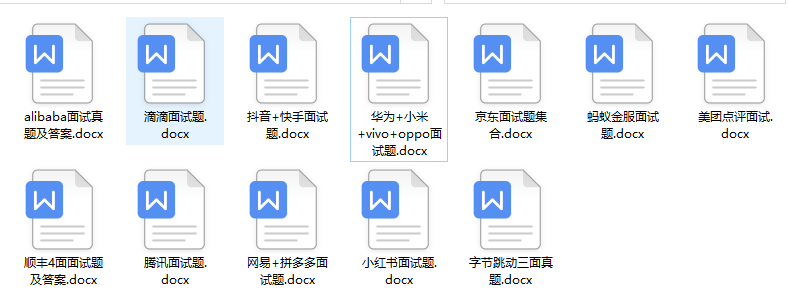使用spring包下载返回
重点是使用ClassPathResource读取文件,如果用传统new File()打包在Linux上运行时就不支持
import org.springframework.core.io.Resource;
import org.springframework.http.HttpHeaders;
import org.springframework.http.ResponseEntity;
import org.springframework.web.bind.annotation.GetMapping;
import org.springframework.web.bind.annotation.RestController;
import org.springframework.web.servlet.resource.ResourceHttpRequestHandler;
import java.io.File;
import java.io.IOException;
import java.nio.file.Path;
import java.nio.file.Paths;
@RestController
public class FileDownloadController {
@GetMapping("/downloadTemplate")
public ResponseEntity<Resource> downloadTemplate() throws IOException {
// 假设应用部署后,classpath根目录下的相对路径映射到服务器文件系统中的实际位置
Path filePath = Paths.get("src/main/resources/template/Template.dbf");
// 如果应用打包成jar运行,则不能直接从文件系统读取,需要通过ClassLoader加载资源
ClassPathResource resource = new ClassPathResource("template/Template.dbf");
File file = resource.getFile(); // 如果是可读的文件系统资源
// 如果文件不存在或无法转换为File,请考虑使用resource.getInputStream()流式读取
HttpHeaders headers = new HttpHeaders();
headers.add(HttpHeaders.CONTENT_DISPOSITION, "attachment; filename=Template.dbf");
headers.add(HttpHeaders.CONTENT_TYPE, "application/octet-stream"); // 根据实际情况调整MIME类型
return ResponseEntity.ok()
.headers(headers)
.body(new FileSystemResource(file)); // 使用FileSystemResource或任何能包装文件输入流的对象
}
}
传统IO流下载返回
@GetMapping("/downloadTemplate")
public void downloadTemplate(HttpServletResponse response) throws IOException {
// 如果应用打包成jar运行,则不能直接从文件系统读取,需要通过ClassLoader加载资源
ClassPathResource resource = new ClassPathResource("template/Template.dbf");
// 如果是可读的文件系统资源
FileInputStream is = null;
BufferedInputStream bs = null;
OutputStream os = null;
try {
File file = resource.getFile();
if (file.exists()) {
//设置Headers
response.setHeader("Content-Type", "application/octet-stream");
//设置下载的文件的名称-该方式已解决中文乱码问题
response.setHeader("Content-Disposition", "attachment;filename=" + URLEncoder.encode("导入模板.dbf", StandardCharsets.UTF_8.toString()));
is = new FileInputStream(file);
**自我介绍一下,小编13年上海交大毕业,曾经在小公司待过,也去过华为、OPPO等大厂,18年进入阿里一直到现在。**
**深知大多数Python工程师,想要提升技能,往往是自己摸索成长或者是报班学习,但对于培训机构动则几千的学费,着实压力不小。自己不成体系的自学效果低效又漫长,而且极易碰到天花板技术停滞不前!**
**因此收集整理了一份《2024年Python开发全套学习资料》,初衷也很简单,就是希望能够帮助到想自学提升又不知道该从何学起的朋友,同时减轻大家的负担。**






**既有适合小白学习的零基础资料,也有适合3年以上经验的小伙伴深入学习提升的进阶课程,基本涵盖了95%以上前端开发知识点,真正体系化!**
**由于文件比较大,这里只是将部分目录大纲截图出来,每个节点里面都包含大厂面经、学习笔记、源码讲义、实战项目、讲解视频,并且后续会持续更新**
**如果你觉得这些内容对你有帮助,可以扫码获取!!!(备注Python)**
截图出来,每个节点里面都包含大厂面经、学习笔记、源码讲义、实战项目、讲解视频,并且后续会持续更新**
**如果你觉得这些内容对你有帮助,可以扫码获取!!!(备注Python)**
<img src="https://img-community.csdnimg.cn/images/fd6ebf0d450a4dbea7428752dc7ffd34.jpg" alt="img" style="zoom:50%;" />






















 4273
4273











 被折叠的 条评论
为什么被折叠?
被折叠的 条评论
为什么被折叠?








